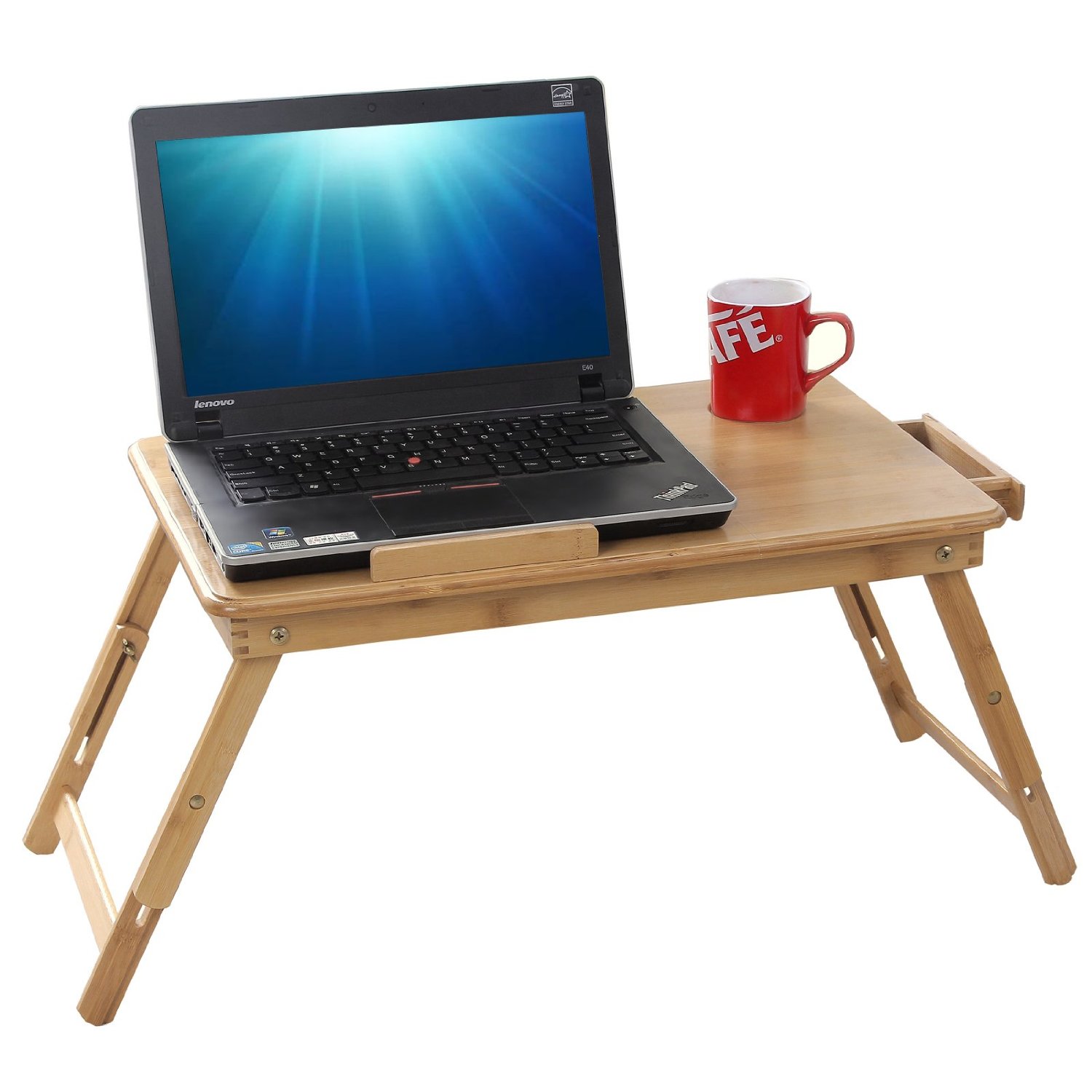The Benefits of a Computer Table in the Bedroom: Computer Table In Bedroom

Having a dedicated workspace in your bedroom can significantly improve your productivity and organization. A computer table provides a designated area for work, study, or hobbies, promoting focus and reducing distractions. This dedicated space can transform your bedroom into a more efficient and enjoyable environment.
Creating a Dedicated Workspace
A computer table creates a designated area for work, study, or hobbies. This dedicated space can help you focus and reduce distractions. When you have a dedicated workspace, you’re less likely to be interrupted by other activities in your bedroom, such as watching TV or reading. This can help you stay on task and get more done.
Tips for Selecting a Computer Table, Computer table in bedroom
- Consider the size of your bedroom. A large computer table might not be suitable for a small bedroom. You want to ensure the table fits comfortably in your space without feeling cramped.
- Think about the style of your bedroom. You want to choose a computer table that complements the overall aesthetic of your bedroom. For example, if you have a modern bedroom, you might want to choose a computer table with clean lines and a minimalist design.
- Consider your needs. Do you need a lot of storage space? Do you need a table with a built-in monitor stand? Think about your specific needs and choose a table that meets them.
Ergonomics and Comfort

A well-designed computer table can significantly improve your posture, comfort, and overall well-being while working or studying in your bedroom. By prioritizing ergonomics, you can create a workspace that supports healthy habits and promotes productivity.
Posture and Screen Height
Maintaining good posture is crucial for preventing discomfort and injuries. A properly adjusted computer table allows you to sit upright with your shoulders relaxed and your back supported.
- Screen Height: The top of your computer monitor should be at eye level, ensuring you don’t have to strain your neck to look at the screen. You can achieve this by adjusting the height of your table or using a monitor stand.
- Elbows and Wrists: Your elbows should be bent at a 90-degree angle, and your wrists should be straight, avoiding bending or flexing.
- Feet Flat on the Floor: Your feet should be flat on the floor, with your knees slightly bent. If your feet don’t reach the floor, consider using a footrest to ensure proper leg support.
Keyboard Positioning
The keyboard should be positioned directly in front of you, allowing your wrists to remain straight and relaxed.
- Keyboard Tray: A keyboard tray can help you adjust the keyboard height and angle to find the most comfortable position.
- Wrist Rests: Wrist rests provide support for your wrists, reducing pressure and strain. Look for wrist rests that are contoured to fit your wrist shape.
Comfortable Seating
Comfortable seating is essential for long hours spent working or studying at your computer table. An ergonomic chair with adjustable features can make a significant difference in your comfort and productivity.
- Back Support: Choose a chair with good back support, preferably with an adjustable lumbar support to provide additional comfort and prevent lower back pain.
- Armrests: Armrests can help reduce shoulder and neck strain by supporting your arms and allowing your shoulders to relax.
- Seat Height: Adjust the seat height so your feet are flat on the floor and your knees are slightly bent.
Ergonomic Accessories
There are several ergonomic accessories that can further enhance your comfort and well-being while working at your computer table.
- Footrests: Footrests provide support for your feet, improving circulation and reducing leg fatigue.
- Adjustable Chairs: Look for chairs with adjustable seat height, backrest, and armrests to customize your seating position for optimal comfort.
- Mouse Pads: Mouse pads with wrist rests can help reduce strain on your wrists and hands.
Design and Functionality

A computer table in your bedroom is not just a place to work, but also an extension of your personal style and a reflection of your functional needs. Choosing the right design can enhance your workspace and blend seamlessly with your bedroom decor.
Styles of Computer Tables
The style of your computer table should complement your bedroom’s aesthetic. Here are some popular options:
- Modern: Sleek lines, minimalist designs, and a focus on functionality are hallmarks of modern computer tables. They often feature metal or glass elements, creating a contemporary feel. A modern computer table can enhance a minimalist bedroom or add a touch of sophistication to a more eclectic space.
- Minimalist: Minimalist computer tables are characterized by their simple, clean lines and lack of unnecessary ornamentation. They prioritize functionality and offer a clean, uncluttered workspace. A minimalist table can be an excellent choice for small bedrooms, as they don’t take up much space.
- Traditional: Traditional computer tables often feature ornate details, warm wood tones, and classic designs. They can add a touch of elegance and sophistication to a bedroom. Traditional computer tables work well in bedrooms with antique furniture or a vintage aesthetic.
- Industrial: Industrial computer tables embrace a raw, exposed look, often featuring metal accents, reclaimed wood, and a rugged aesthetic. They can create a unique and modern feel in a bedroom, particularly those with exposed brick or concrete elements.
